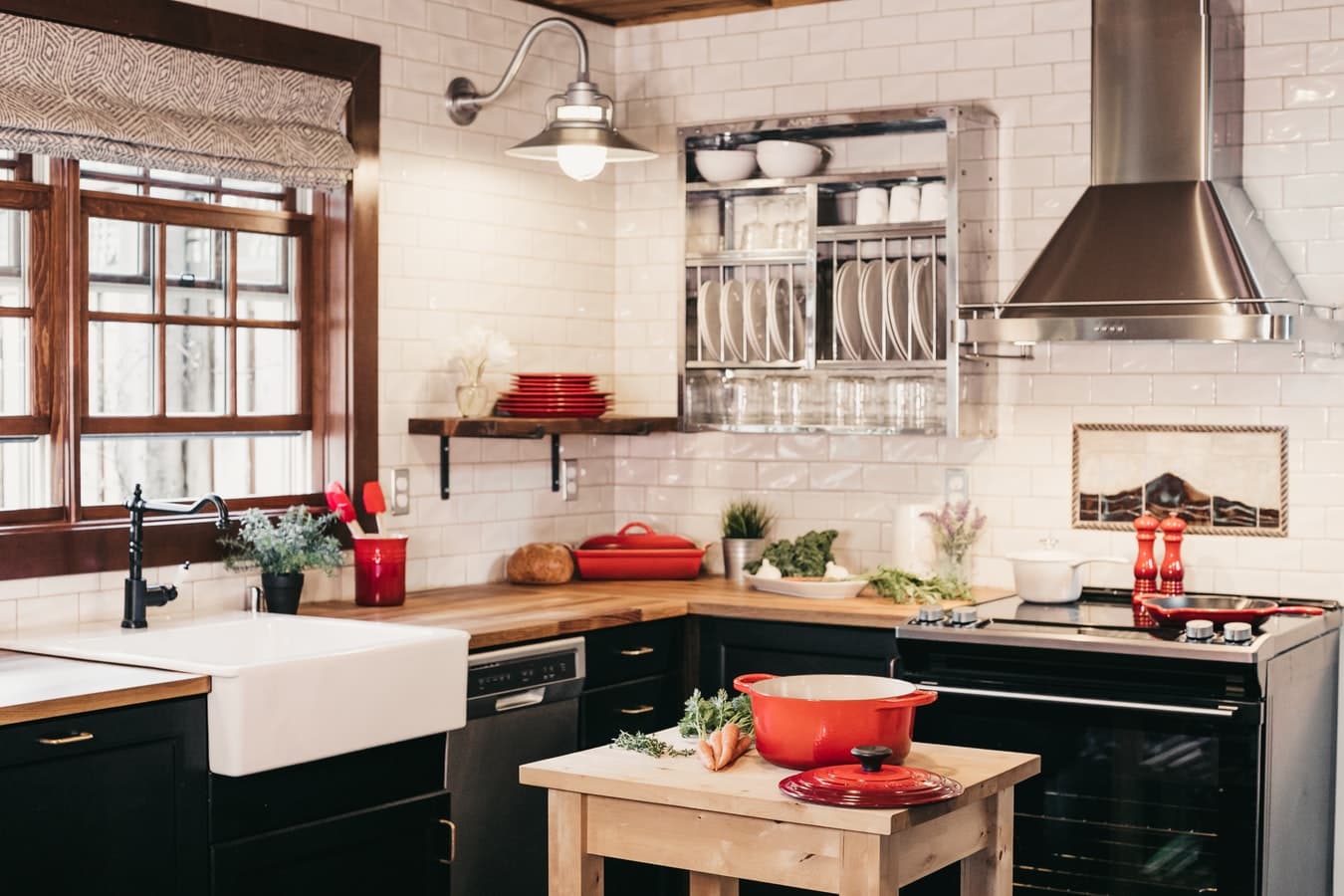
The luxury of having a bathtub in the home is wonderful: It can help relieve stress, restore balance, and enable you to truly relax. Of course, not every single home has a bathtub. Thus, if you’re looking to have one installed, you may want to consider a drop-in tub. As opposed to claw-foot tubs, drop-in bathtubs are easy to clean and conceal all plumbing elements. These tubs will give your bathroom a modern, classic finish.
So, how difficult is this installation project? Well, lucky for you, we’ve detailed a list of the steps involved. This’ll come down to more than simply connecting plumbing to the tub, so it might be good to ask a friend for a helping hand or hire a professional to do the work for you.
Here’s How to Install a Drop-In Bathtub

Source: Canva
What's a Drop-In Bathtub?
A drop-in bath is designed for an installation strategy that is inherent in its name. This type of tub has a self-rimming edge, and this edge rests on a frame or structure that surrounds the tub. The surrounding material is usually made of tile or stone, but of course, will come down to your bathroom decor. As we mentioned in our introduction, the beautiful thing about these tubs is that they conceal all of the plumbing beneath the structure, leaving only the rim visible to the eye. This type of tub is popular for a number of reasons, including their low cost, variety of shapes, sizes, and design versatility.
The surrounding part of the tub should be located alongside a wall, in an alcove, corner, or even freestanding depending on the layout and space available in your bathroom. Another appealing quality of drop-in bathtubs is that they can be easily replaced and thus are great for homeowners who are forever changing their minds!
Permits and Regulations
First things first, you need to do some research and find out which permits are required for this type of renovation project. This is a very important step if you intend on making any changes to your plumbing as well as taking on any major renovations to the walls or floors. Large-scale renovations almost always require a permit, and if you’re planning on moving a wall to fit your bathtub, then you’ll most likely need one.
When it comes to moving the pipes around or changing the plumbing in your bathroom, you’ll need to work with a professional. In most North American cities, undergoing any plumbing work without a professional is illegal. Once you’ve applied for the correct permits in accordance with your municipality and, if necessary, hired a plumber, you’ll be able to get your project started!
Drop-In Bathtub Plumbing

Source: Unsplash
If you plan on moving or reconnecting any plumbing, that’ll need to be done prior to any other steps involved in this project. If this is a necessary step for you, then the specifics of it will come down to your current plumbing as well as the layout of your bathroom. The only plumbing work you should have left to do once the tub is in place is to connect drain pipes, faucets, as well as shower heads.
Measure and Build
Start off by carefully measuring the area where you’re hoping to position your new bathtub. You’ll need to know these measurements to properly craft or purchase a frame which will secure your tub. Once you know how large of a frame you need, you can start building. The frame will need to mimic the height and width of the bathtub all the way up to the ledge, which will rest on and overlap the top surface of the tub.
There are two types of drop-in tubs, and the dimensions of the frame will be determined by the style: those with three walls surrounding them (alcove) and those with no walls (island). This aside, the frame will need to be sturdy and able to withstand the weight of the tub. Once the frame is built, custom-made or purchased, you can start installing it.
Install the Frame and Mortar Base
If you’re positioning your drop-in tub in an alcove, then it should be affixed to wall studs wherever possible. If your tub is to be positioned as an island, then the same rules applied to house formwork, meaning that nails need to be at 16-inch intervals, should be followed.
Although the frame supports most of the weight, it won’t be enough once it's filled with water and the weight of a grown human being. Therefore, the tub will require a mortar base before it’s installed. You’ll want to put 4 to 6 shovel-fulls worth of the mortar where the tub will sit. Before putting any mortar down, add an underlayment to the subfloor and underneath the tub, as well as directly on top of the mortar. The plastic will allow you to easily remove the tub at a later date if necessary.
Position and Affix the Bathtub

Source: Canva
In most cases, holes for plumbing fixtures will be made before the bathtub is affixed. You can temporarily put the bathtub in place to outline the holes dedicated for the plumbing fixtures, and then remove it to then drill the holes. Once this is complete, place the bathtub into the frame. We’d recommend doing this while the mortar is still wet so that it’ll cure and mould around the base of your tub.
Again, once positioned, make sure that the edges of your bathtub are level. Insert screws in the holes you’ve predrilled to secure it to the frame. When completed, the frame of the tub can be finished with tiles or other materials to match your bathroom decor. Check the faucets and enjoy a long hot soak once everything is dry and in working order.
By: Amanda Harvey
Get 3 quotes for your bathtub installation project
RenoQuotes.com can help you find a trustworthy contractor for your bathroom renovation project. By submitting your project, we’ll be able to put you in contact with the best companies in our network. Fill in the form on the homepage (it only takes a few minutes) and you will be contacted by trusted professionals.
Dial 1-844 828-1588 to speak with one of our customer service representatives
Looking for something else?
Related articles
The latest industry news, interviews, technologies, and resources.

Léa Plourde-Archer
•06 May 2025
Are you currently in the process of renovating your kitchen and now have to choose your new sink? Here are 5 steps that you should follow to find the ideal kitchen sink:
Léa Plourde-Archer
•17 Feb 2025
Are you planning on renovating your kitchen? This process can be long and complicated, as it involves several steps as well as a number of factors that can affect the price, the duration of the work and the durability of the materials.

Christine Simard
•07 Nov 2023
Over the past two years, we have often mentioned the phenomenon that is biophilic design but never really delved into the depths of this trend. With people growing more and more conscious of the need for a more sustainable future, the architecture and design world soon picked up on those issues and are now working around the inclusion of these principles in their practices.

Karine Dutemple
•04 Nov 2025
Summer is just around the corner, and for many, that means it’s time to start working on landscaping. If you’ve been searching for inspiration for several years to design the perfect yard, this could be the year your dreams finally come true.

Editorial Team
•07 Nov 2023
For city dwellers who live in multi-storey buildings, the balcony makes the outside world accessible. It’s a little corner where we can rest, a place to enjoy the sun and maybe even, to set up a small garden. Houses located in the countryside or in the suburbs are also sometimes equipped with balconies, but their role is less important. This is because the occupants of the house generally have access to a yard or other large green spaces.